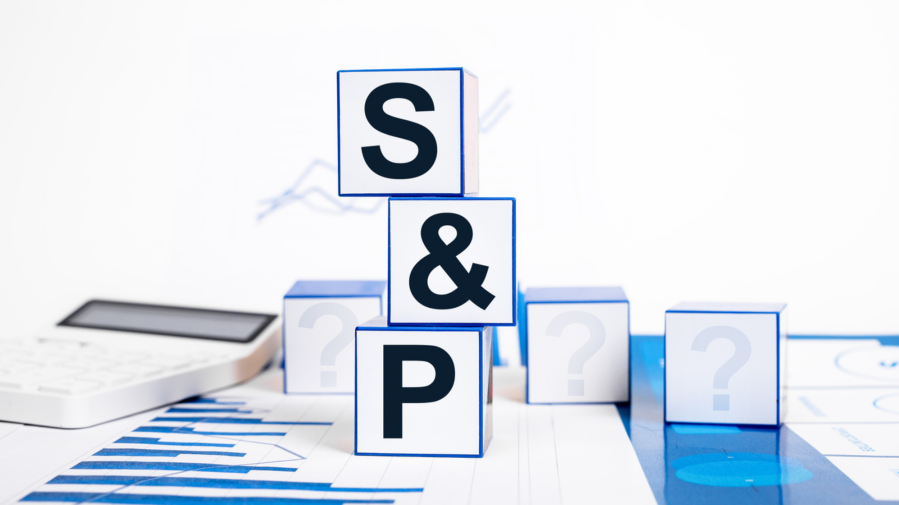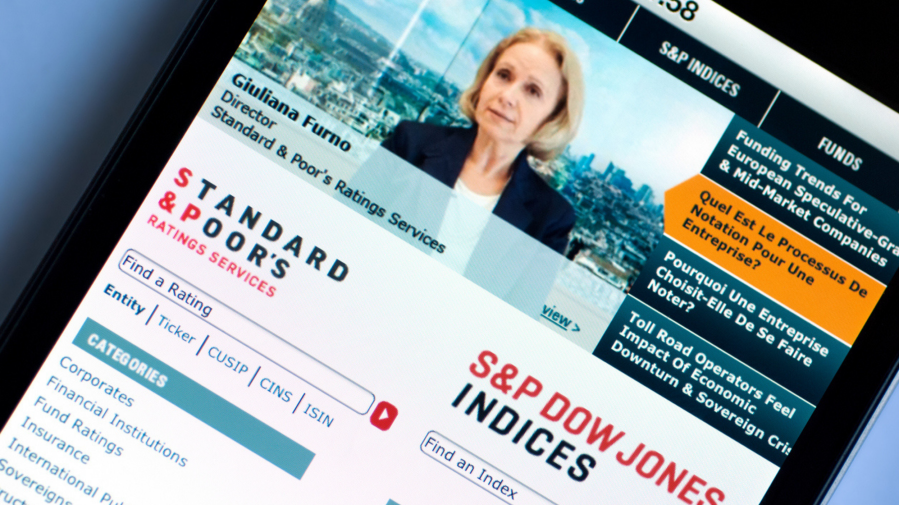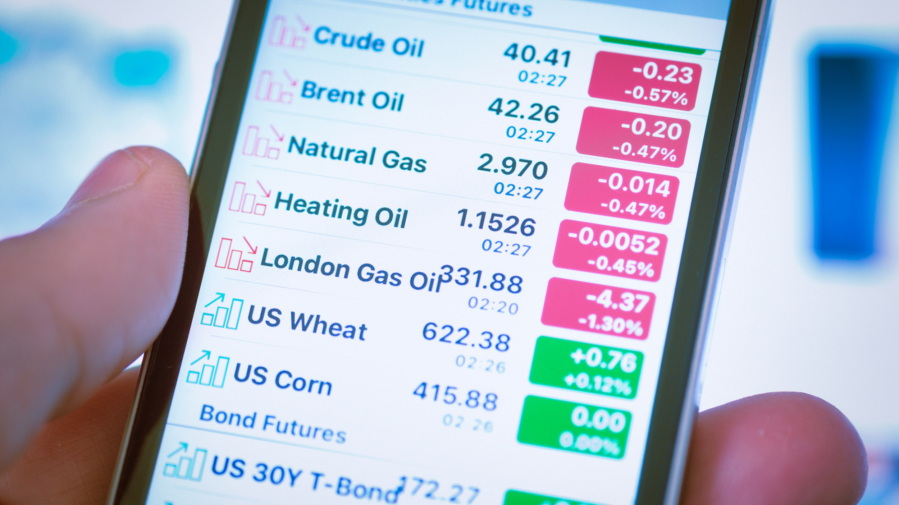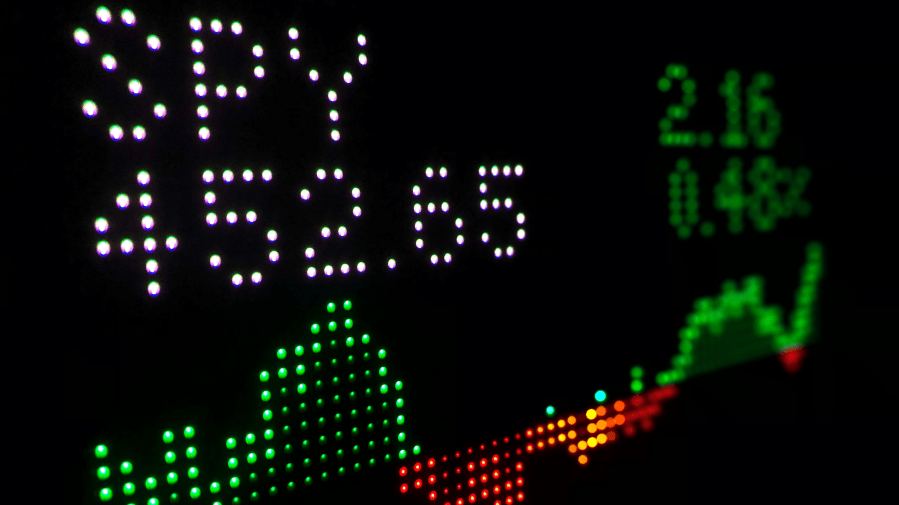How To Pronounce C O M P A R E

Business organisation intelligence is what S&P ratings are all about. This global corporation provides credit ratings on investments, including bonds and the stock market. Earlier you tin understand what a good rating is, it helps to sympathize the origins of this company and why its assessments matter.

Standard & Poor's (Southward&P) began dorsum in 1923 every bit the Standard Statistics Company. In 1941, it merged with Poor'southward Publishing, becoming Standard & Poor's. One time the two companies merged, it went from a 233-company stock marketplace indicator to one with a stock index of 416 companies. Information technology hit 500 in 1957, which is where the famous "S&P 500" originated and combined with Dow Jones Indices in 2012 to go the manufacture leader. Today, S&P provides ratings for 28 countries to deliver market place intelligence that investors tin can count on.
How Are Ratings Determined

To decide South&P ratings, their analysts pore over annual reports, news articles, press releases and interviews with a company's management squad. They combine that information with details nearly the company's operations, policies and financial outlook to evaluate general creditworthiness and contained credit ratings.
While these ratings shouldn't be taken every bit investment recommendations or predictions of default probabilities, every bit noted past The Balance, they practise provide the S&P'due south opinion about the bond or stock issuer's power to meet its financial obligations. It's a crude structure designed to give investors a trivial basic insight, but it tin can't account for unforeseen developments or events.
S&P Ratings: From Best to Worst

South&P ratings are expressed every bit letter of the alphabet-based grades. The all-time is AAA, and the worst is D. Multiple messages, pluses and minuses are all used to indicate a company, stock or bond's force. For more than information on the different ratings, consider the following indicator of the power to come across fiscal commitments:
- AAA: Extremely stiff
- AA: Very strong
- A: Strong but susceptible to changes in circumstances
- BBB: Acceptable simply more susceptible to agin economic conditions
- BB: Less vulnerable in the short term but facing ongoing dubiety
- B: More vulnerable to adverse conditions but currently able to see financial obligations
- CCC: Vulnerable and dependent on business weather condition conducive to meeting financial obligations
- CC: Highly vulnerable and projected to default
- C: Highly vulnerable, with the recovery of debts projected to be less than higher-rated commitments
- D: Default has already occurred
Why S&P Ratings Matter

In addition to giving you a better thought nigh the ability of the issuer of a bond to pay its debt, Southward&P ratings too touch interest rates. Equally The Balance notes, the higher the letter grade, the lower the interest rate the issuer typically has to pay. This is directly related to the amount of risk that you lot, the investor, have to take. Less risk, less render.
Types of Due south&P Ratings
Now that you understand what S&P ratings mean in general, consider the different types of ratings. Unlike lists offer insight into different types of markets. For example:
- S&P 500 provides ratings for the largest of the United States' 500 publicly traded companies
- Standard & Poor'southward Underlying Rating (SPUR) offers an opinion on the credit quality of a municipality
- Due south&P 500 Buyback Index tracks the performance of the 100 companies in the Due south&P 500 that have the highest buyback ratios
Source: https://www.askmoney.com/budgeting/what-is-good-sp-rating?utm_content=params%3Ao%3D1465803%26ad%3DdirN%26qo%3DserpIndex&ueid=cb720128-7c13-49b0-b543-bbe3fe1e9ae8

0 Response to "How To Pronounce C O M P A R E"
Post a Comment